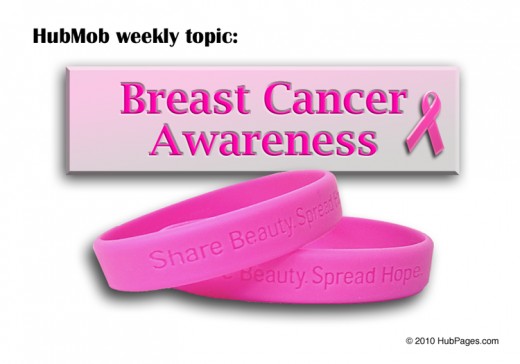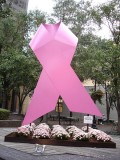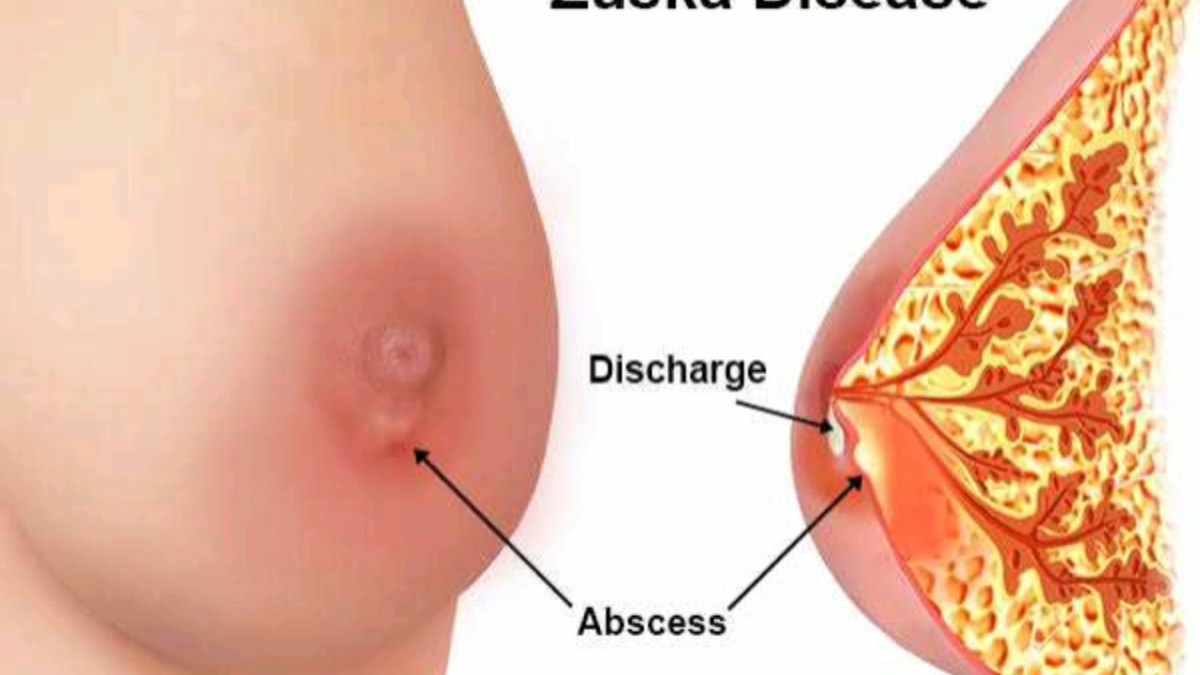Use of Mammography And Ultrasound for Breast Cancer Screening
Mammography should be performed on women with symptoms and signs of breast cancer. It is very important to note that approximately 10% to 15% of all breast cancers are not detected by mammography and therefore it becomes necessary to conduct a thorough physical examination by the gynecologist. If a doctor finds a palpable mass during clinical examination, which is not detected on mammography, then he/she must perform other alternative diagnostic studies like ultrasounds and needle biopsies to confirm the nature and characteristics of the mass. Suspicious signs of malignancy on mammography are lesions with undefined borders, spiculated lesions with increased density, distorted structures during study, and also microcalcifications.
Mammography is not indicated in women under 35 years of age unless there is a very strong clinical suspicion of development of carcinoma like presence of benign lumps and favorable family history. Many countries around the world have initiated public mammography screening programs for breast cancer in females aged fifty to sixty nine years for early detection and prevention of this disease. Most preventive programs recommend this procedure every 2 years in this age group because studies have shown that these breast cancer screening programs likely reduce the risk of death from breast cancer but do not know the magnitude of effect. Out of every 2000 women for 10 years participating in a breast cancer screening program are extended to life and another 10 healthy women are diagnosed with nonsignificant disease and receive unnecessary treatment. A part of women included in the group of false positives suffer negative consequences on their quality of life and health.

Facts About Mammography and Breast Imaging
There is a debate about whether digital mammography should be used for screening of breast cancers or not. Also, comparative studies performed between digital and conventional mammography have offered similar results, except for a higher sensitivity of digital mammography to detect cancer in women under 50 years of age. For women between 40 and 49 years of age, no sufficiently conclusive studies on the effectiveness of mammography as a breast cancer screening method have been established due to the lower incidence of breast cancers in this age than older women but in cases of women who have evidence of genetic risk factors of breast cancer, annual mammogram is recommended after 25 years of age.
Ultrasound has been found useful for differentiating between cystic and solid breast masses or when a palpable mass is not established on mammography, especially in the case of young women with dense breast tissue. Ultrasound has also been found useful for detecting axillary lymph nodes. It is not totally effective as a screening method for breast cancer detection in older women and instead it is useful for the study of the breast in women under 35 years of age. If the ultrasound scan shows a simple thin-walled, echo‑free content cyst and clear posterior acoustic enhancement, it is not necessary to perform mammography and the patient can contact gynecologist for further evaluation of the problem.









